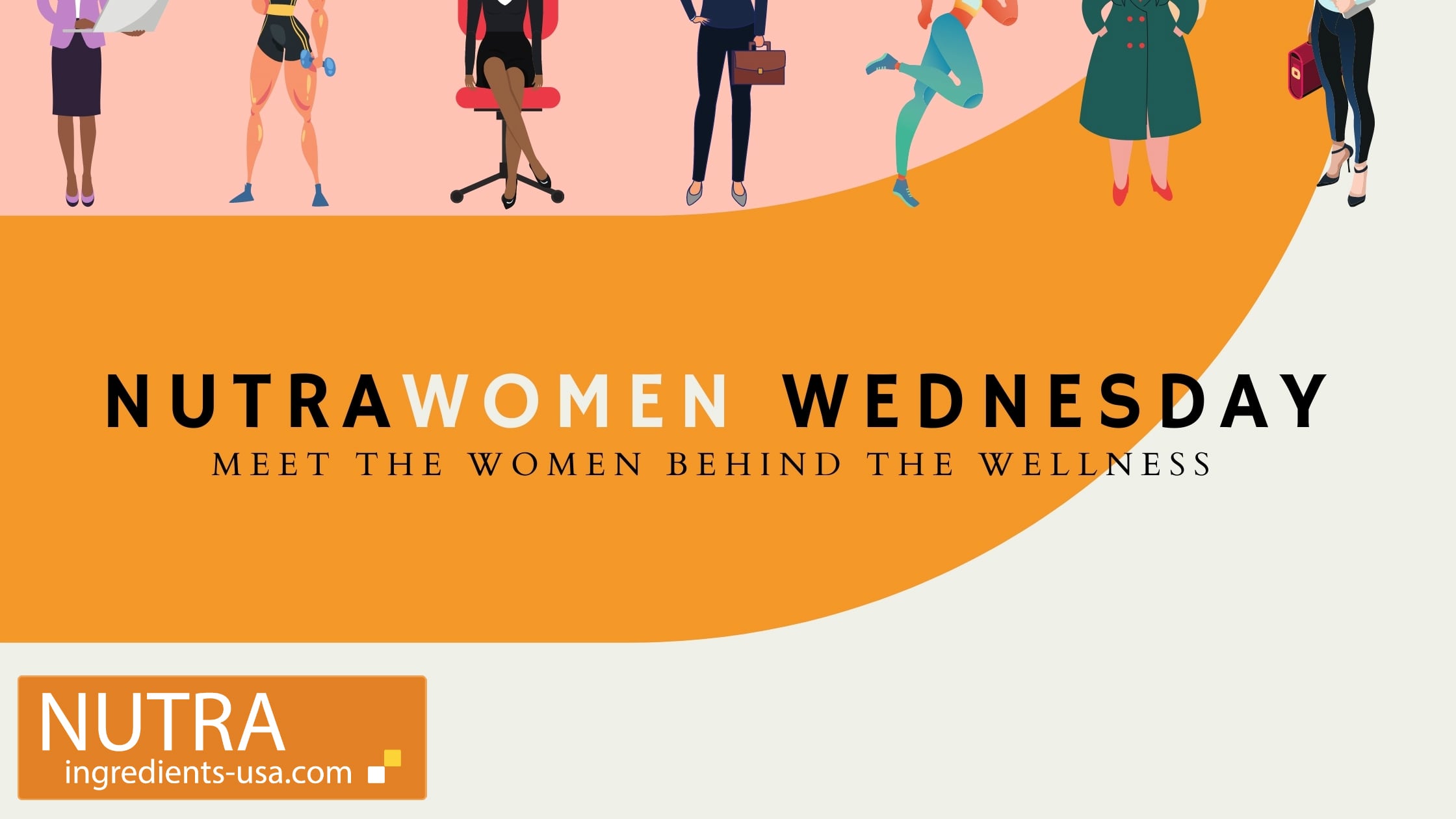That was the message from Dr. Abbie Smith-Ryan, a professor of exercise physiology at the University of North Carolina Chapel Hill, during her talk at the Sports and Active Nutrition Summit last week.
“We looked at ashwagandha and creatine—do you know why those sales are so high?” she asked. “Because women are now buying them, and when we start to think about why women are taking ingredients, the number one reason is to stay healthy.”
Catering supplements to women is not so easy when most data collected is on men, although some scientific data have been collected on men and women combined.
Smith-Ryan said it is because there are clear physiological differences in women, especially when examining areas such as acute exercise. Women’s brains, for example, are notably different particularly across the menstrual cycle, where there are significant changes in anxiety, depression and sleep.
Targeting the menstrual cycle
The follicular phase is the beginning of the menstrual cycle. Hormones start to rise, including primarily estrogen, which is considered the most important one for ovulation.
“That’s when we feel our best and kick ass and take names, but it only lasts for like two days,” Smith-Ryan said. “Then we have our luteal or our high hormone phase, and this I want to throw it out there. This is when we have high estrogen and progesterone, also where we experience a lot of premenstrual syndrome symptoms.”
There are many physiological things that happen during the luteal phase: low energy, poor sleep, greater inflammation, and Smith-Ryan said she encourages companies to think about creating products across the menstrual cycle. For example, estrogen promotes vasodilation and throughout the cycle, women have greater vasodilation during exercise, which means companies have an opportunity to create physio dietary products for this population.
Smith-Ryan also discussed the opportunities for creatine as prophylactic approach, especially related to the menstrual cycle. She noted that women are often well below the recommended dietary amounts of creatine and cited studies showing that 22% of women do not have any creatine in their diet.
“Women that have optimal levels of creatine had normal menstrual cycles, lower pelvic infections, lower rates of hysterectomy and lower rates of hormone replacement therapy,” Smith-Ryan said. “Is there a cause and effect? No. But it could be a potential kind of additive therapy for these women.”
Perimenopause
Perimenopause symptoms start in the mid-30s as estrogen and progesterone levels change and a decrease in testosterone occurs.
During this period, women encounter difficulties falling asleep, or they wake up early, which can dramatically impact athletic recovery.
“However, you cannot have hormone therapy and think it’s going to increase muscle and reduce body fat and help bone—it doesn’t do that by itself,” Smith-Ryan said.
“This is where the [supplement industry] comes in. We have no guidelines for exercise and nutrition and dietary supplements for midlife women, and we absolutely need them, especially when we look at the health effects. We have greater increases in cardiovascular disease and heart failure and a loss of muscle and bone density. It’s basically like falling off a cliff in your 40s.”
Other changes that occur during this period include a significant drop in lean muscle and increase in fat in perimenopause. There are also changes in protein turnover and protein balance.
When it comes to working out, one way to impact metabolic inflexibility is to feed amino acids before exercise, Smith-Ryan noted.
“The science shows if you feed amino acids or protein before exercise, it increases energy expenditure, which we see go down in perimenopause, and it increases fat oxidation,” she said.


